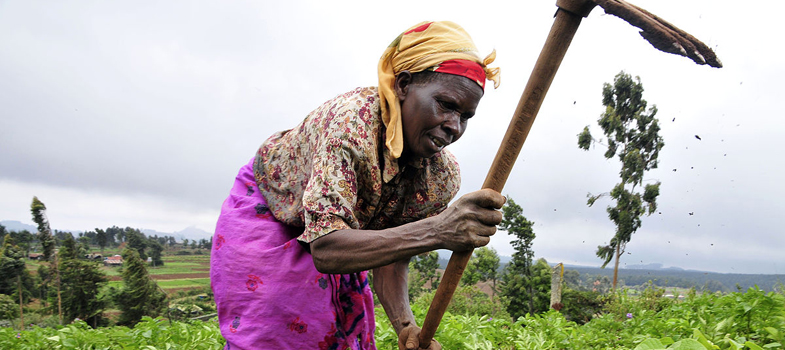2.1 Resilience in the African co-operative movement
Many co-operatives in Africa were initiated under colonialism at the beginning of the twentieth century. For a long time, including after independence or liberation, they were mainly controlled by the state and subject to top-down controls. This control was relaxed during economic liberalisation in the 1980s and 1990s. However, because co-operatives had been reliant on state intervention and support, many were weakened or collapsed. Co-operatives with strong market niches – such as some agricultural products or dairy – were more likely to survive.
However, this process, along with the need for livelihood opportunities in difficult economic circumstances, has encouraged a different kind of co-operative movement to grow in many countries. There are debates and different data about the extent and strength of this growth, and especially about how many co-operatives are active and viable (Develtere et al., 2008; Pollet, 2009; Chambo et al., n.d.). However Develtere et al. have characterised this growth as a ‘renaissance’ of the African co-operative movement, with a shift towards the kind of co-operatives aspired to in the International Co-operative Alliance’s values and principles, and a move away from some of the practices that had grown up in the past.
Growth of the movement seems to focus primarily on the agricultural (and livestock/dairy) sector and on savings and credit co-operatives. There are many challenges, not least:
- the legislative frameworks needed to enable co-operatives to have a clear environment in which to operate
- skills in management and the type of governance that co-operatives require
- the need for an inclusive membership that enables women and youth as well as men to become members and participate, and
- the need to capitalise the co-operatives through members buying shares.
In addition, of course, is the need for good links to markets, ability to negotiate deals and the potential for adding value to producer output.
In some countries, such as Uganda, new models of co-operative organisation have sprung up, and it’s worth looking at some of the features in Uganda to start a deeper exploration of what resilience might mean. You can do so by going to Box 1 in Activity 2 which is an extract from the working paper by Borda-Rodriguez and Vicari (2013a, pp. 9-10).
Introduction
